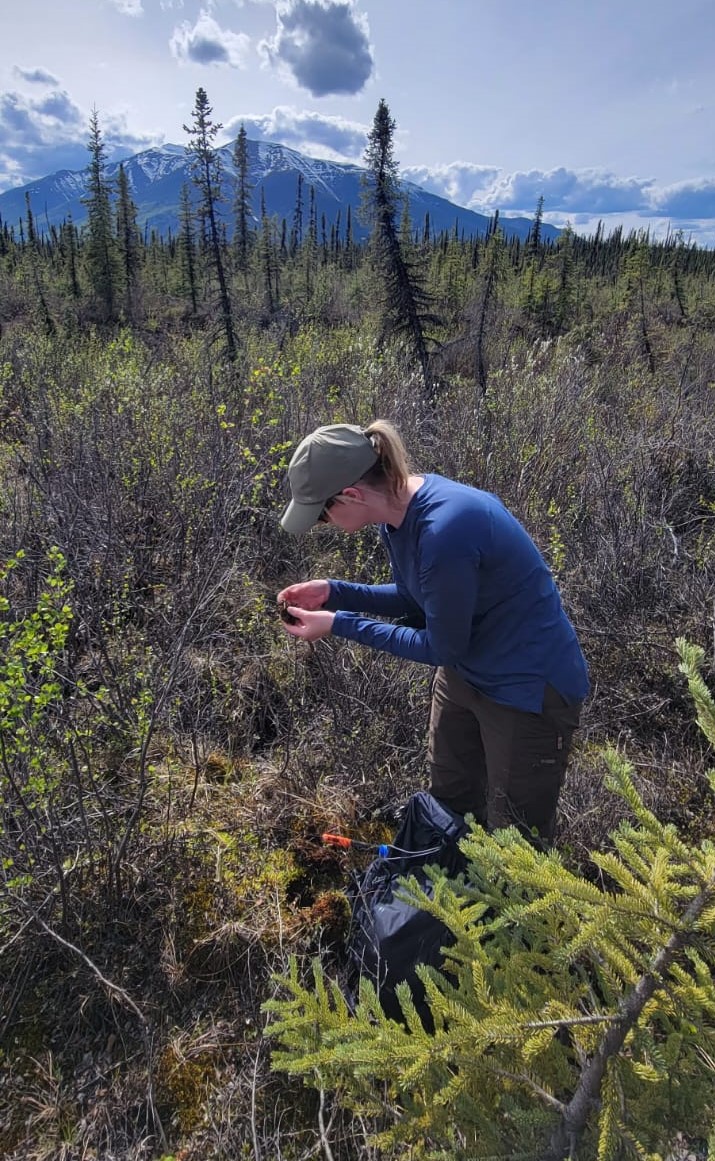PUBLICATIONS
(selected from 2021, see Google Scholar and here for other publications):
Bold = WCS Canada authors
Harris L.I., Olefeldt, D., Pelletier, N., Blodau, C.B., Knorr, K-H., Talbot, J., and Turetsky, M.R. Permafrost thaw causes large carbon loss in boreal peatlands while changes to peat quality are limited (accepted – Global Change Biology).
Ochoa-Hueso, R., Delgado-Baquerizo, M., Risch, A. C., Ashton, L., Augustine, D., Bélanger, N., … Harris, L.I. et al. (2023). Bioavailability of macro and micronutrients across global topsoils: Main drivers and global change impacts. Global Biogeochemical Cycles, 37, e2022GB007680. https://doi.org/10.1029/2022GB007680
Harris, L.I., Richardson, K., Bona, K.A., Davidson, S., Finkelstein, S., Garneau, M., McLaughlin, J., Nwaishi, F., Olefeldt, D., Packalen, M., Roulet, N., Southee, M.F., Strack, M., Webster, K.L., Wilkinson, S.L, and Ray, J.C. (2021). The essential carbon service provided by northern peatlands. Frontiers in Ecology and the Environment, 20, 222-230. https://esajournals.onlinelibrary.wiley.com/doi/10.1002/fee.2437

Exploring peatlands and forests in the Yukon (photo credit: Chrystal Mantyka-Pringle)